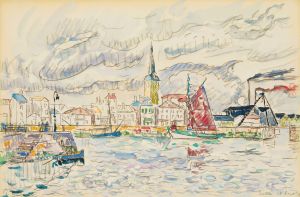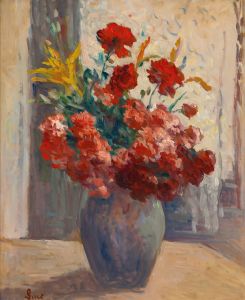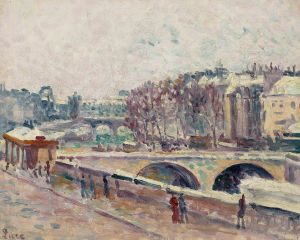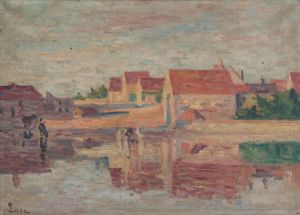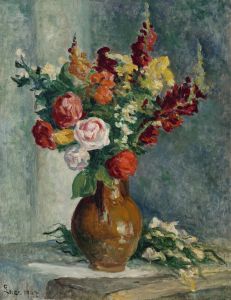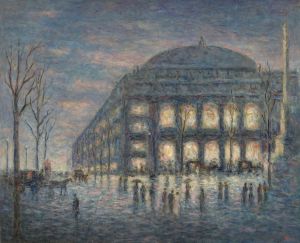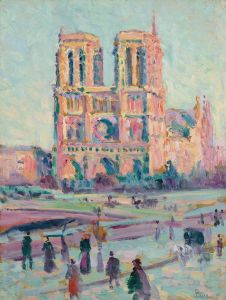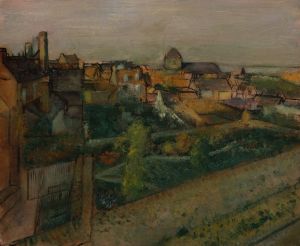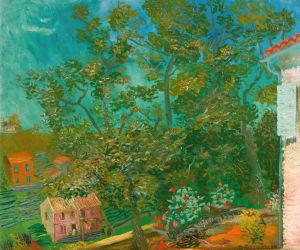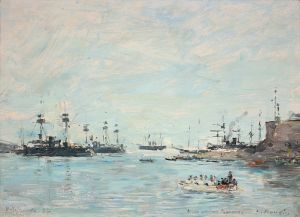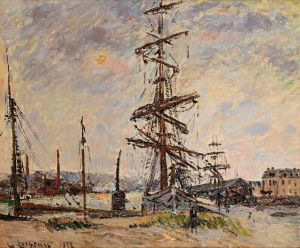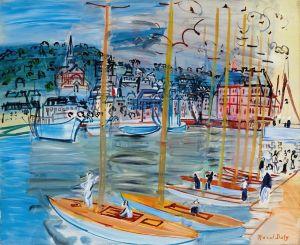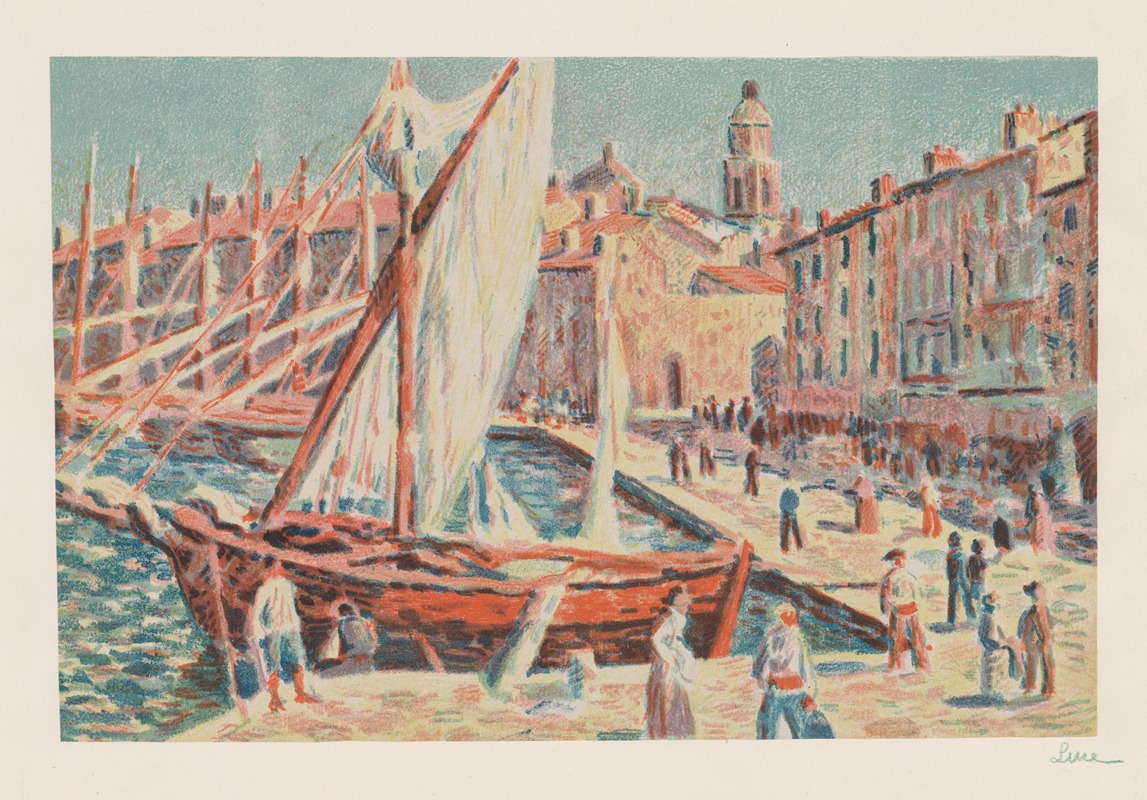
Saint-Tropez
A hand-painted replica of Maximilien Luce’s masterpiece Saint-Tropez, meticulously crafted by professional artists to capture the true essence of the original. Each piece is created with museum-quality canvas and rare mineral pigments, carefully painted by experienced artists with delicate brushstrokes and rich, layered colors to perfectly recreate the texture of the original artwork. Unlike machine-printed reproductions, this hand-painted version brings the painting to life, infused with the artist’s emotions and skill in every stroke. Whether for personal collection or home decoration, it instantly elevates the artistic atmosphere of any space.
Maximilien Luce was a prominent French Neo-Impressionist artist known for his contributions to the Pointillist movement, which was characterized by the use of small, distinct dots of color applied in patterns to form an image. One of his notable works is "Saint-Tropez," which captures the essence of the picturesque coastal town located on the French Riviera. This painting is a testament to Luce's skill in employing the Pointillist technique to depict light and color with vibrant intensity.
Maximilien Luce was born on March 13, 1858, in Paris, France. He initially trained as an engraver before turning to painting, and he became associated with the Neo-Impressionists, a group that included artists like Georges Seurat and Paul Signac. The Neo-Impressionists were known for their scientific approach to color and composition, influenced by contemporary theories of optics and color perception.
"Saint-Tropez" by Luce exemplifies the artist's mastery of the Pointillist technique. The painting likely dates from the late 19th or early 20th century, a period when Luce frequently visited the south of France. Saint-Tropez, with its stunning Mediterranean light and vibrant coastal scenery, provided an ideal subject for Luce's exploration of color and light. The town was a popular destination for artists of the time, drawn by its natural beauty and the quality of light that was perfect for plein air painting.
In "Saint-Tropez," Luce captures the tranquil atmosphere of the coastal town. The composition typically features the shimmering waters of the Mediterranean Sea, the bustling harbor, and the charming architecture of the town. Luce's use of small, precise brushstrokes in a variety of colors creates a sense of movement and luminosity, effectively conveying the play of light on water and the vibrant hues of the landscape.
Luce's approach to painting was deeply influenced by his political beliefs. He was an anarchist, and his art often reflected his commitment to social justice and equality. While "Saint-Tropez" is primarily a landscape, it can also be seen as an expression of Luce's appreciation for the simple, unpretentious life of the working people in the region.
Throughout his career, Luce remained dedicated to the principles of Neo-Impressionism, even as other art movements emerged. His works, including "Saint-Tropez," are celebrated for their technical precision, vibrant color palette, and the ability to capture the ephemeral qualities of light and atmosphere.
Maximilien Luce passed away on February 6, 1941, in Paris, but his legacy as a key figure in the Neo-Impressionist movement endures. "Saint-Tropez" remains an important example of his work, showcasing his ability to blend scientific precision with artistic expression to create a vivid and enduring image of one of France's most beloved coastal towns.





